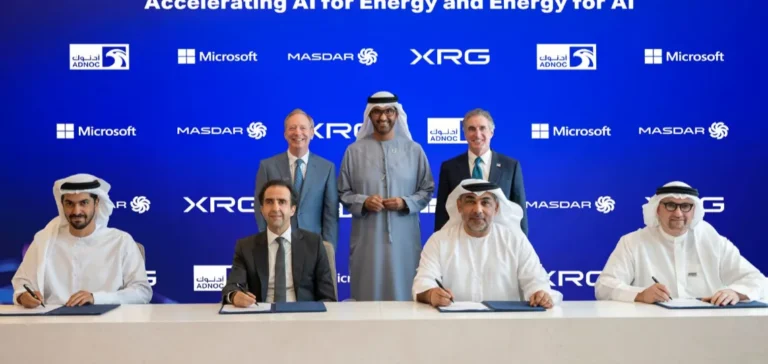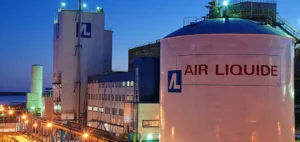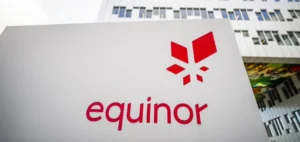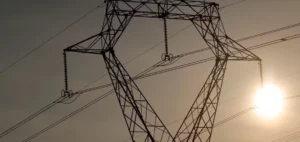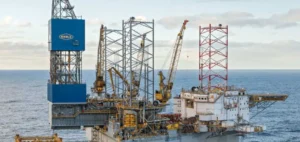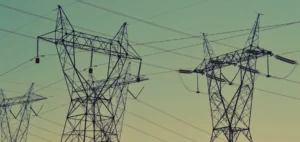The partnership formalizes two complementary flows: integrating AI (artificial intelligence) into Abu Dhabi National Oil Company’s operations and securing power supply for Microsoft’s global data center expansion. The announced use cases target equipment automation, predictive maintenance, and anomaly detection across upstream and downstream. The digital loads of next-generation data centers operate at densities between 30 and 80 kW per rack, making the unit requirements for a typical campus range between 150 and 300 MW. With a PUE (power usage effectiveness) indicator between 1.2 and 1.4, the annual consumption of a 200 MW site is approximately 1.8 to 2.4 TWh.
Actors, Scope, and Governance
Abu Dhabi Future Energy Company–Masdar structures the generation and flexibility projects, with long-term power purchase agreements. Microsoft provides software platforms, machine learning (ML) models, and training programs, integrating them into industrial sites and computing nodes. XRG aggregates assets and joint ventures to align financing, construction, and offtake. Governance is based on technical committees and shared performance indicators, including asset availability, unplanned downtime rates, and loss reduction from failures.
The scope covers exploration, production, transportation, refining, petrochemicals, and related electric utilities. Digital twins and industrial vision algorithms are integrated into sensor histories, maintenance logs, and real-time data. Data pipelines are segmented by operational criticality to ensure the isolation of safety functions. Roadmaps foresee deployments in phases, from pilot projects to full-scale rollouts, with incremental transitions on production lines and terminals.
Deal Economics and Power Contracts
The continuous power profiles of data centers require 10- to 20-year PPAs (power purchase agreements) with availability guarantees. For a 200 MW site, a PPA covering 85 to 95% of the hours represents 1.5 to 2.3 TWh annually, depending on the PUE. The required flexibility combines 2 to 4 hours of storage and high-efficiency thermal backup, as well as system services (frequency regulation, quick restart). Capacity tariffs and indexing clauses govern exposure to spot markets and network congestion.
The digital SLAs (service level agreements) bind energy and computing via objectives for latency, availability, and disaster recovery. Penalty mechanisms cover power unavailability, temperature exceedances in the room, and critical algorithm failures. Guarantees of origin or equivalents ensure the traceability of electrons according to jurisdictions. The contracts also include options for capacity expansion in 25- to 50 MW increments to match AI load growth.
Capex, Operational Flows, and Industrial KPIs
Investments focus on computing capacity, medium- and low-voltage power distribution, cooling, and backup reserves. Key industrial KPIs include a reduction in operating costs per barrel processed, a decrease in leaks, and improved asset utilization factors. On the digital side, priority indicators are PUE, WUE (water usage effectiveness), downtime minutes per quarter, and the success rate of critical inference tasks. The site-by-site plans sequence civil engineering, equipment delivery, integrated testing, and scaling.
The reduction in unplanned downtime relies on correlating sensor alerts, learning from failure histories, and optimizing critical spare parts inventory. Savings stem from fewer emergency interventions, stabilized throughput, and extended asset lifetimes. Returns on investment are measured by energy and mechanical efficiency gains, loss reduction, and smoothing of operations. Governance dashboards isolate algorithmic contribution, procedural contribution, and energy contribution.
Regulatory Framework and Compliance
The projects combine power authorization, network requirements, export controls for sensitive equipment, and operational cybersecurity standards. Due diligences cover KYC (know your customer), AML (anti-money laundering), and third-party screening for counterparties, vessels, and logistics routes. Data localization and digital sovereignty policies condition site implantation and interconnection. Energy audits verify hourly matching and consistency of contracted volumes with measured consumption.
Adjustment clauses allow for the reconfiguration of electricity baskets and system services based on capacity expansions. Reporting obligations require regular publication of efficiency metrics, downtime, and recovery test results. Safety standards govern the coexistence of industrial networks and cloud layers. Inspection plans address the traceability of spare parts, the criticality of sensors, and software update schedules.
Main Hypothesis on Industrial Logic
The logic aims to secure predictable power demand for AI loads while industrializing exportable algorithmic tools across other sites. The bundling of assets and contracts reduces dependence on short-term prices and stabilizes unit computing costs. Replication across multiple installations accelerates learning and reduces the marginal cost of models. The presence of a dedicated investment vehicle facilitates multi-jurisdictional structures, aligning construction schedules and contract standardization.
This organization creates a direct coupling between power availability, algorithm performance, and operational productivity of industrial units. Continuous load curves require flexibility solutions sized to the minute and the hour. Pilot sites serve as references to calibrate future regional expansions. Feedback from experience feeds into reusable use case libraries.
Market, Business, and Geopolitical Energy Consequences
In the market, the rise of long-term PPAs and system services increases demand for storage and high-efficiency turbines. Developers integrate the necessary instrumentation from the outset to monitor hourly usage and perform audits. Network operators adjust planning and connections for nearly continuous consumption. Price signals reflect the increasing share of non-interruptible loads.
For the involved companies, impacts materialize in more stable cash flows, better asset integrity, and improved budget visibility. Equipment backlogs integrate power, cooling, and long-life components. Reputation indicators are measured by industrial safety, availability, and contractual performance adherence. Future arbitrages focus on the balance between storage, thermal backup, and network strengthening.
Risks, Technical Thresholds, and Monitoring Points
Risks include connection delays, unavailability of critical equipment, and tensions in the supply chains for semiconductors and cooling. The technical reference thresholds are PUE between 1.2 and 1.4, WUE under local constraints, and GPU (graphics processing unit) densities of 30 to 80 kW per rack. Indicators to track include signing of 24/7 PPAs, installed storage capacity, downtime minutes, and closed safety alerts. Milestones are the validation of pilot sites, industrial commissioning, and capacity expansion in increments.


